The airline industry claims that the technology implemented for the transportation of our luggage is increasingly better thanks to the tracking of objects, which is allowed with it. But millions of bags are still lost every year. So, is the technology implemented the right one or is enough being done to mitigate this problem? ¿Why do airlines still lose 25 million suitcases every year?
I find it a frustrating experience for millions of air passengers every year, but why does it happen? How can an industry that employs the latest technologies in its aircraft and air traffic control systems have such poor logistics when it comes to controlling our baggage?
In 2019, about 24.7 million bags were lost; about 4.65 billion bags are handled at airports each year. In 2018, 2.9% of them were lost due to bad handling, and although the rate has fallen by 70.5% in ten years, the accelerated growth of travellers around the world, in search of new experiences, maintains the problem. The SITA 2018 Baggage Report says this, estimating the cost of lost luggage in 2018 at $2.4 billion. That’s despite the fact that airports and airlines have been investing in technology to curb it for years. The International Air Transport Association (IATA) has taken action, imposing a standard on the industry to improve baggage tracking.
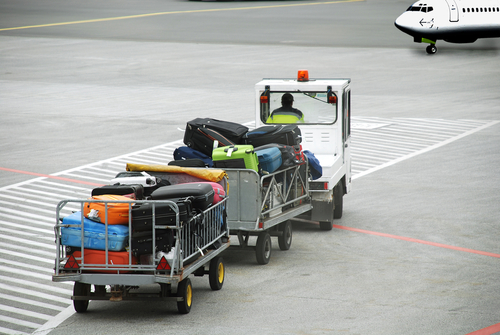
These figures tend to rise also in the busiest seasons of the year, during the summer holidays and at the end of the year. The trips that pose the greatest risk for incorrect luggage handling are those that involve the transfer of luggage from one plane to another or from one airline to another. In 2018, 10.67 million transfer cases were mishandled, representing 47% of all mishandled luggage. Of the cases of incorrectly
issued bags, 16 per cent were not loaded; mistakes due to ticketing, bag changes, security issues and other problems accounted for 15 per cent; and airport, customs, weather or space-weight restrictions accounted for 10 per cent. Late arrival bags accounted for 78 per cent of all incorrectly issued bags in 2018; 17 per cent had been damaged and 5 per cent had been lost or stolen.
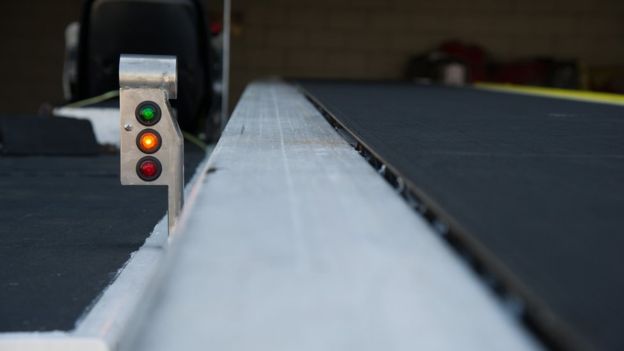
A significant proportion of lost luggage is also due to passengers, or handlers, picking up the wrong piece of luggage.
But I think one of the most important factors may be the complexity of the system itself. In some airports, the airlines hire their own staff to move the luggage, but in others they are independent agencies hired by multiple airlines.
The International Air Transport Association (IATA) standard for coding baggage information dates back to 1989. The barcode label system exists from the 1950s. In some smaller airports, these labels are even scanned one by one on a routine basis, perhaps promoting the failure to properly check them and eventually losing them.
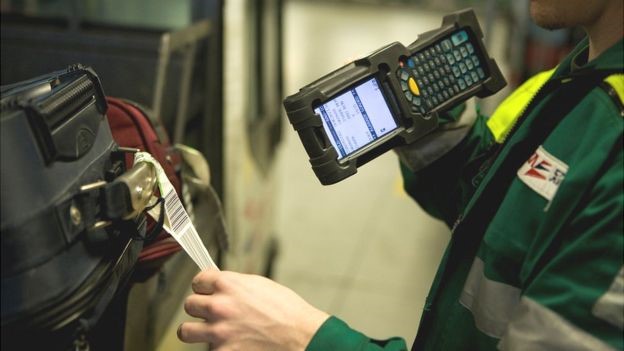
But finally the fact that many travellers go from place to place makes the bags end up in the wrong place. Those who travel to small airports within Europe might have some experience of this kind.
¿But what measures are being taken to combat the problem?
The implementation of RFID tags is one such industry-wide measure, a measure that could save the airline industry US$3 billion, although the system for implementing it could have significant costs for airlines, as new equipment and monitoring systems are much more expensive, but also more sophisticated as they include a chip or device in the tag that will allow the luggage of millions of passengers to be tracked in real time.
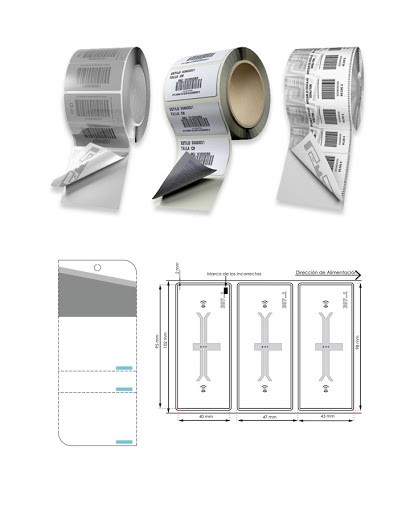
Because trying to locate lost bags and then return them to dissatisfied customers costs much
more time and money. Delta, for example, is experimenting with machine learning to detect
lost luggage patterns and identify weaknesses in the system, such as particular destinations or the types of bags that are more problematic than others.
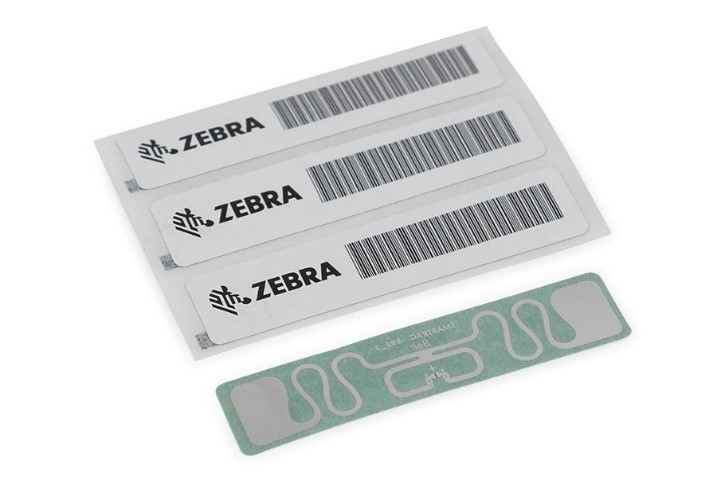
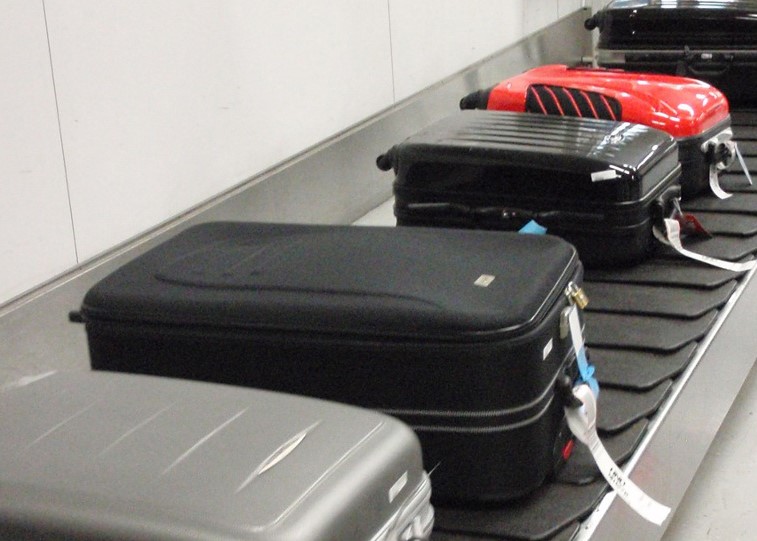
Other innovations include airline applications, which offer the ability to update customers on where their bags are at any given time. While this does not necessarily affect the way travel
baggage is handled, passengers may have more information about it, should any anomaly arise, at the time of baggage collection.
On the other hand, last year, IATA introduced a new regulation, resolution 753, aimed at making airlines and airports take better care of our baggage. Suitcases must now be checked for correctness at several key points during the journey. These moments can be when they are loaded onto the plane and when they start their journey within the transfer system at airports.
But here it is not only a matter of having a clear and comprehensive regulation for the handling of our luggage, but also of finding a methodology or innovation from the logistic point of view that will allow the statistics on the loss of luggage to remain low, or ¿what do you think?
Wow Steph thanks for this great and long article, so many times we just give our luggage and we don’t even have the idea of what happens after, in here we can see the “magic” explained, thanks.
Thank you David, you are absolutely right we always trust the airlines but we never really know what happens next with our luggage. Thank you for your interest in this article, I think we can extract the most important things personally and perhaps if someone is interested in specializing in logistics then our master could rethink how to make this system more efficient.